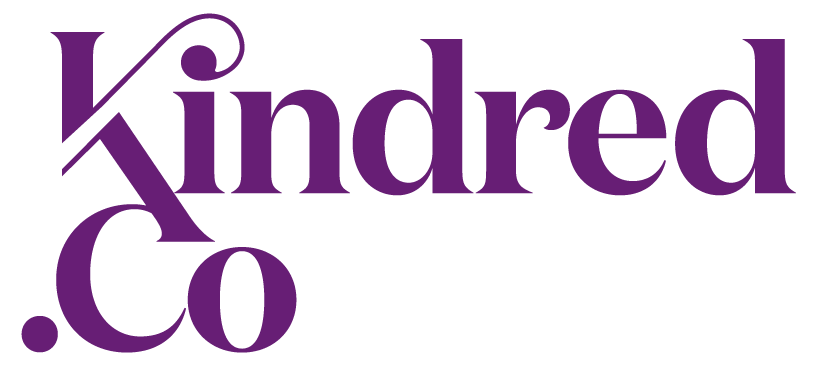Methods for taking cash out of a company for personal use.
No, I’m not talking about internet banking vs cash. 😊 A frequent question we get asked is how I can best take cash out of the company for my personal use. There are several different methods available, and the best option will depend on a number of factors. Sometimes it can be a mix of options that is best. This post explains the different types of options available and some things to be aware of.
Shareholder salary
A shareholder salary reflects the market value of a shareholder’s time working in the business throughout the year. It is tax deductible to the company, and taxable income in the shareholder’s tax return. It is important that a commercially realistic salary is paid to a working shareholder. In some situations, the full profit of the company is deemed to be taxable income of the working shareholder. Most shareholders who receive a shareholder salary pay their tax on it via lump sum provisional tax payments throughout the year with a wash-up at the end of the year via terminal tax. A good option for those that are good at managing their funds. If you are paying yourself via Shareholder Salary, this is not through a payroll system, so you will need to pay Kiwisaver out of your personal funds directly to your provider.
Shareholder employee salary (salary with PAYE deducted)
This can be a good option where there is certainty around the profit levels, or the shareholder is receiving a regular amount from the company. As in the above option the salary is tax deductible to the company and taxable income in the shareholder’s name. However, unlike the above option the tax is regularly deducted and paid to IRD throughout the year instead of via lump sum provisional tax payments. This option also allows the Company Kiwisaver Employer Contribution to be a tax deductible expense, and pays Kiwisaver through payroll.
Drawings/Repayment of shareholder current account.
Drawings are effectively the company repaying debt that it owes you as the shareholder. This debt is called the Shareholder Current Account. A repayment of the shareholder current account is not tax deductible to the company nor is it taxable income to the shareholder. However, it is important that the company owes the shareholder. If drawings are taken when there is no debt owed by the company this will create a deemed dividend in the shareholders name, and that can create a raft of issues.
Dividends
A dividend is the distribution of the company profits to its shareholders. A dividend is generally distributed to shareholders based on their portion of shares in the company. There are a number of Company Act and Income Tax Act requirements that need to be meet before a dividend can be declared. The main two are:
· The company must be able to satisfy the solvency test after the distribution is made
· The company must have sufficient imputation credits (think accumulated pre-paid income tax) to attach to the dividend
A dividend is taxable income in the hands of the shareholder. Companies that distribute a fully imputed dividend (a dividend with 28% tax credits attached) must deduct 5% of resident withholding tax from the gross dividend and pay it IRD. This RWT, along with the imputation credits attached are pre-paid tax in the shareholder’s tax return. In most instances the shareholders will only have to pay the difference in their marginal tax rate and the 33% of tax already pre-paid on the dividend. Excess imputation credits can occur when the shareholders’ marginal tax rate is lower than 28%. (eg income of $48k or less). Excess imputation credits do not get refunded to the shareholder but instead carried forward.
As you can see there are several factors to be aware of and every case is different. We suggest contacting us to find out what option/s is best suited to your situation.
